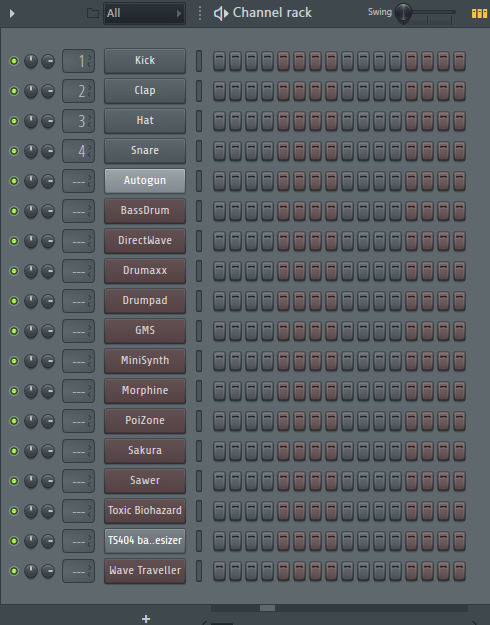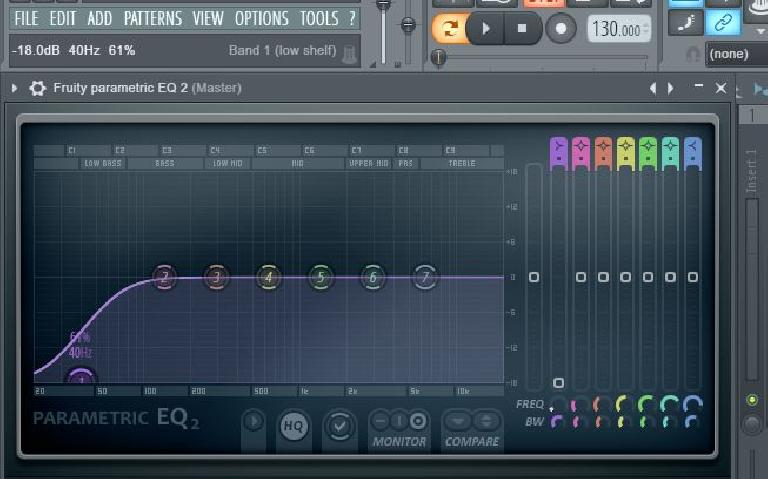Have you ever wonder why your song doesn’t sound professional in comparison to another mainstream artist or music producer? Have you given any thought on when you had added all the essential elements which are necessary to make a song sound better, but still, your song doesn’t sound right in terms of mixing. This is because you’re not mixing your music correctly. There are a plethora of things you could do in your mixer track to make your track perfect but taking one step at a time, In this article, I will guide you how to add Reverb in Fl Studio in a correct way!
- The Fruity Limiter Plugin Could Not Be Found In The Blood
- The Fruity Limiter Plugin Could Not Be Found Dead
- The Fruity Limiter Plugin Could Not Be Found Guilty
- The Fruity Limiter Plugin Could Not Be Found Directly
- The Fruity Limiter Plugin Could Not Be Found A Way
- The Fruity Limiter Plugin Could Not Be Found Along
What is Reverb?

Reverb is a natural phenomenon which shows how a sound wave is reacting to the surrounding surfaces. So what it has to do with the mixing of a song? Well, Reverb gives a significant depth to a song. During a mixing, When you have raw sounds, a reverb gives a certain amount of depth to those sounds. With the help of Reverb, you can blend different sounds, which can help you to make your song more “Complete.”

If you need to add any effect in the mixer track, you have to use VST plugins for that. In Fl studio or any other DAW, There are different VSTs for different effects. For Reverb, The most commonly used and the easiest to use the plugin is Fruity Reeverb 2. Fruity Reeverb 2 is a stock plugin created by the Image line itself.
So yeah, It is a free plugin, and it comes with almost every version of FL Studio. Now when you know what Reverb is and why you should use it, let’s discuss how to add Reverb in FL studio.
How to add Reverb in Fl studio
- Open your Mixer channel.
- Select a track where you want to add Reverb
- Click on the slot where you want to add
- Select ‘Fruity Reeverb 2’ (You’ll find it under Delays and Reverbs)
Right-click and delete the 'Sytrus' key (folder). Start FL Studio and try loading Sytrus. If you open a project and some, or all, Channel buttons are red or a plugin instrument is replaced with an empty channel (and you are sure it's not a ' trial ' plugin), this means the samples or instruments nominated for those channels can't be found. You will have been shown a pop-up message about missing data when the project was loaded.
And that’s it. Fruity Reeverb 2 is now added to your track you’ve selected.
Now you can tweak it up and can see how the result is. But Don’t overdo things. It doesn’t make things better, but it undoubtedly decreases the value of your efforts and will make your mix sound muddy.
How to use fruity Reeverb 2?
Now when you have added Reeverb 2 in your mixer track, You have to make sure you’re not overdoing it. Reverb effect, when used in a perfect amount, will make the song sound complete, and all the samples will blend perfectly. Let us get in the plugin itself, and it’s basics so that you can get the full idea of the all the knobs and sliders present in the VST.
When you open the fruity Reeverb 2, The first thing you’ll see that the VST has five different segments. There is a small round cylindrical structure, This is the virtual room. Remember Anything you do is a digital version of how sounds will react in an actual physical room.
So starting with the Rightmost section, There are three sliders; Dry, ER, and Wet. You’ll also find a small knob used for stereo separation.
Let’s dig into all the three sliders. Also, This section is one of the essential sections as Dry and Wet are the two primary components of reverb.
1)Wet (Wet Level)
It signifies the amount of Reverb on the track. Wet sends the relative level of the reverberant signals.
2)ER (Early Reflection)
Early reflection represents the first sign of the Reverb. Don’t worry about it if you’re unable to identify how to use it. It’s not that important for beginners.
3) Dry (dry Levels)
Dry level slider shows the amount of rawness in your sound. For the type of sounds you’re using in your song, The balance of Dry and Wet knob may vary.
In the next section, you’ll find four knobs, namely, Bass, Dec(Decay), Damp(High Damping), and Cross (bass Crossover).
1) Bass
The Fruity Limiter Plugin Could Not Be Found In The Blood
It represents the decay time of bass frequencies. Bass Frequency will change the overall mood of the song!
2) Dec (Decay)
Decay represents the overall decay time of the Reverb. For small rooms use low decay time while for large rooms use longer decay time.
3)Damp (High Damping)
Damping is used to damp the high frequencies. It represents at what rate the higher frequencies decay.

4)Cross (Bass crossover)
Signifies the point below bass frequencies will be boosted by the Bass knob.
We were moving on to the next section, Delay, Size, Mod, and speed.

1) Delay
Delay controls the delay between the input and the first reverberated signal.
2)Size
Size shows the size of the virtual room. You can increase the room size with respect to decay size and can get very realistic results.
3)Diff (Diffusion)
Diff shows the reflection of sound bouncing back from the virtual room.
4) Speed
It is the speed of the modulated sine wave of Reverb.
5)Mod (Modulation)
Mod modulates the Reverb time.
In the next section, You’ll find two knobs, H.cut and L.cut. These both knobs are very crucial to make your Reverb more appealing.
1)H.cut (High Cut)
As the name suggests, It cuts off the Higher frequencies of the reverb.
2) L.cut (Low cut)

L.cut cuts lower frequencies of the reverb.
With this, you can have extra control over your reverb sound.
The last is the GUI section.
The Fruity Limiter Plugin Could Not Be Found Dead
FL studio is famous because of its Graphical Interface. Like every other stock plugins, Fruity Reveerb 2 also has beneficial GUI. You can visually see the virtual room here. If you increase your size toggle, you can see the size of the virtual room will also increase. The makers of the plugin have intelligently used the visuals. If the reverb is high, it’ll show a bright light highting the virtual room. Users can use this to check the amount of reverb they have put on visually.
Conclusion:
The first step towards the mixing of your track is to add reverb. Almost every element, from a drum snare to chords or the main melody, needs reverb to make them sound vibrant. It would help if you always use different reverb on different mixing tracks rather than using a single reverb on the whole master channel. Using separate reverb will give you more control over your reverb sound. I would recommend not to use reverb on bass or 808s because it is not required. If you’ll add reverb on bass, The Bass will lose its own identity.
There are a lot many other VST plugins in the market place but using Fruity reveerb 2 is the best option because it is free readily available. I hope you found this article useful, stay tuned for more such tutorials.
The Patcher is a great tool for avoiding to use a ton of mixertracks solely for creating that one perfect sound. The concept behind it is familiar from other software like the Node Editor in Blender.
The Fruity Limiter Plugin Could Not Be Found Guilty
If you are working inside the Patcher with a set of different effects you may come to the point where you need to sidechain an audio signal.
The Fruity Limiter Plugin Could Not Be Found Directly
Inside FL sidechaining is solved with routing a track without sound into another mixertrack with the Fruity Limiter plugin set to sidechaining. This should sound familiar to you otherwise look it up on the internet.
When you add a Fruity Limiter to the Patcher plugin you see that it has just one audio input and one audio output great for using it as a limiter. (captain obvious) But there is no way you can connect two signals to that. If you connect both to the input you get a mess of both sounds getting limited. That’s not what we want.
Right-click the Limiter -> Inputs -> Audio -> Add one
The Fruity Limiter Plugin Could Not Be Found A Way
After this a second input will appear. Now connect the original sound to the top one and your sidechaining audio to the lower one. After that open the Limiter, click on COMP and select Input 1 via right-click under Sidechain.
The Fruity Limiter Plugin Could Not Be Found Along
Change the threshhold, ratio, knee, attack and release to your liking and your signal will now get sidechained and everything is fine. I hope I could help you.